Nikon Z6III Review

After years of trailing behind competitors, the new Nikon Z6III brings Nikon back to the forefront of the camera “arms race”. It represents an extremely compelling camera for any Nikon DSLR shooter who as been wavering on making the switch to mirrorless. And it just might be the perfect “hybrid” mid-range full frame mirrorless camera. The Z6 III features the new Nikon autofocus system introduced in the Nikon Z9 and Nikon Z8, faster sensor readout speeds with reduced rolling shutter, 8 stops of in body image stabilization and 6K RAW video recording.
This is all made possible with a new sensor coined as “the world’s first partially stacked CMOS sensor.” It is designed to improve processing times resulting in a 3.5x faster readout speed than the Nikon Z6 II. However, recent sensor tests also indicate that this new sensor type results in a lost of approximately a stop of dynamic range compared to the Z6 II at lower ISOs with the mechanical shutter. This could be an issue for underwater shooters – particularly wide angle shooters photographing “sunballs” where there can be a lot more contrast in the scene. With this in mind, we decided to make the plunge and dive our local Southern California waters with the Z6 III in an Ikelite Z6 III housing. Although the reduced dynamic range is not nearly as big of an issue as the internet makes it out to be, we the camera to the limits for your viewing pleasure.
We'd like to thank Dave at Diving Catalina for supporting this review - be sure to check out his new truck at the Avalon dive park!
US MSRP: $2499.95
Jump to a Section
Nikon Z6 III Specifications | Nikon Z6 III Key Features
Underwater Housings | Underwater Lenses | Conclusions
Read the full Nikon Z6III Review at Bluewater Photo
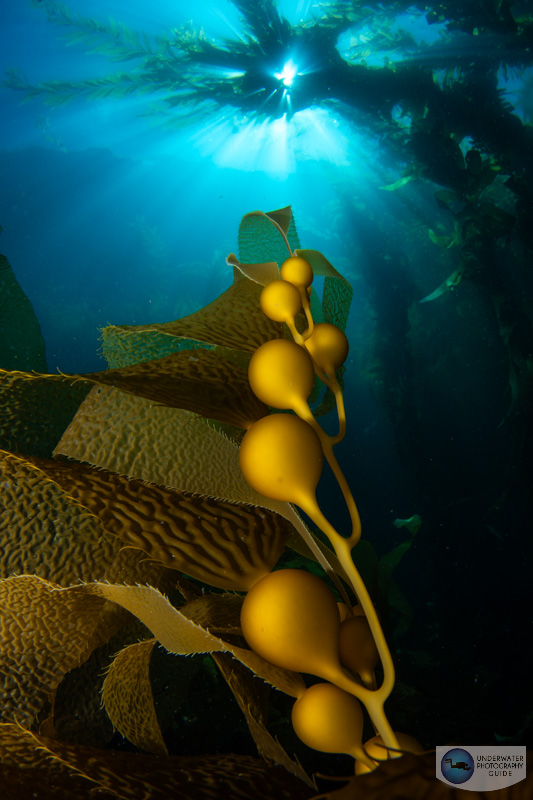
Nikon Z6 III Key Specifications
- New 24.5 megapixel full-frame partially stacked CMOS sensor with AA (low pass) filter
- 5 axis in body image stabilization (up to 8 stops)
- Expeed 7 processor
- Z lens mount (can be used with F mount lenses and FTZ adapter)
- 14 fps burst shooting with mechanical shutter and 20 fps with electronic shutter
- 6K/30p, 5.4K/60p, and 4K/60p oversampled video recording
- N-Log, N-RAW, and ProResRAW recording
- Full size HDMI 2.1 connector
- 1/200 second sync speed
- Improved Autofocus with tracking and subject detection
- Low light AF sensitivity down to -10 EV
- 10.46 stops of dynamic range at ISO 100
- CFexpress type B and UHS-II card slots
- Dimensions: 5.5 in x 4 in x 3 in
- Weight: 670 g
Support our content and purchase your Nikon Z6 III camera and housing at Bluewater Photo:
Order a Nauticam Nikon Z6III Housing
Order an Ikelite Nikon Z6 III Housing
Order an Aquatica Nikon Z6 III Housing
Order a Marelux Nikon Z6 III Housing
Read the full Nikon Z6III Review at Bluewater Photo
Check out Bluewater's top Nikon Z6III Underwater Settings

Nikon Key Features
A New Partially Stacked Sensor
The Nikon Z6III’s 24.5 megapixel sensor may be a similar resolution to previous cameras, but it’s not the same sensor. It’s Nikon’s first “partially stacked” sensor – with a readout speed 3.5x faster than the Nikon Z6 II. This feature almost eliminates rolling shutter which is a benefit for sports and action shooters who want to use the camera’s electronic shutter. For underwater photographers photographing or filming quick subjects like sailfish, sharks, and dolphins without strobes, this could be a slight benefit over Z6 II. Fast readout speeds would make quick subjects crisper and less warped with the electronic shutter.
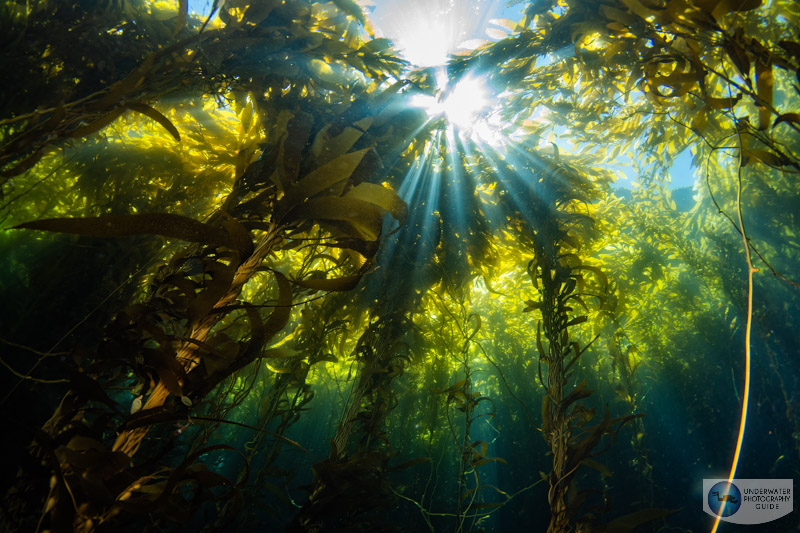
Unfortunately, the new sensor also has a reduced dynamic range at lower ISOs – 10.46 stops at ISO 100. Most photographers would likely not notice this in most lighting situations. That said, many underwater lighting situations do call for as much dynamic range as possible. For example, wide angle photos shot into the sun to produce a “sunball” require as many details in the highlights (the sun) and shadows (often light by strobes) as possible. During our underwater tests, we found that it's difficult to tell there is a loss in dynamic range in a properly exposed photo that does not need correction. However, in the photo above that was over exposed you can see that recovery was slightly more difficult than it would be with the Nikon Z6 or Z6 II. This makes a good case for proper photo technique rather than a bad case for the camera.
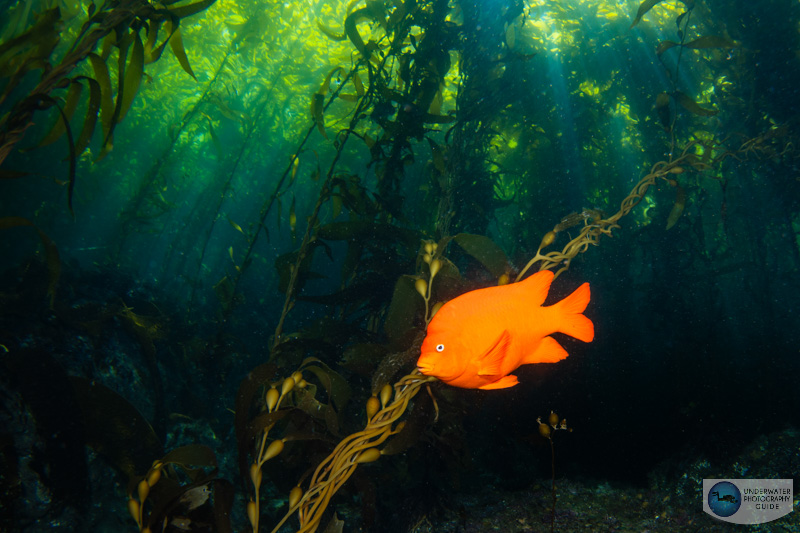
Improved Autofocus
The biggest barrier to Nikon DSLR shooters switching to the newest Nikon mirrorless cameras has been autofocus. The Z7/Z6 and Z7 II/ Z6 II both had good autofocus, but often comparable to DSLRs while Sony and Canon cameras surpassed older models. The Nikon Z8 and Z9 introduced a vastly improved autofocus subject tracking system with much quicker acquisition and accuracy. The Z6III has the same great autofocus system. This makes the camera competitive when compared with the Sony a7 IV and the Canon R6 Mark II – two of the top “prosumer” mirrorless models in the $2500 price range. During our dives it was incredibly easy to focus on subjects and a huge relief after Nikon has struggled with autofocus for years. The photo of the pyrosome below was my first attempt to focus on this tiny subject floating in open water. It's a very difficult shooting situation made possible only by Nikon's new autofocus system.
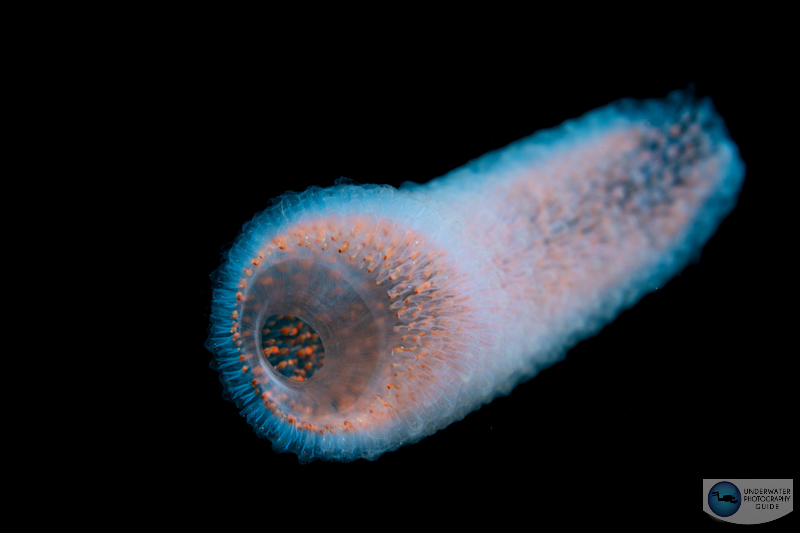
Better In Body Image Stabilization
The Nikon Z6III is equipped with 5 axis IBIS (in-body image stabilization) with up to 8 stops of correction. Essentially, the camera’s sensor is placed on a gyroscope that compensates for movement and camera shake from hand held images. This allows the photographer to shoot at shutter speeds up to 8 stops longer without motion blur from camera shake. While many underwater photographers try to keep shutter speeds high to freeze their subjects, this is a big benefit to underwater shooters in low light. We often dive in the cold waters of the Pacific Coast. In doing so, there are many situations where a slow shutter is necessary in order to capture the water color in the background of a wide angle image. Otherwise, on dark days the background can appear black. The photo below is nice and crisp and captured with a shutter speed of 1/30th of a second. I needed to reduce the shutter speed under the dark kelp forest canopy.
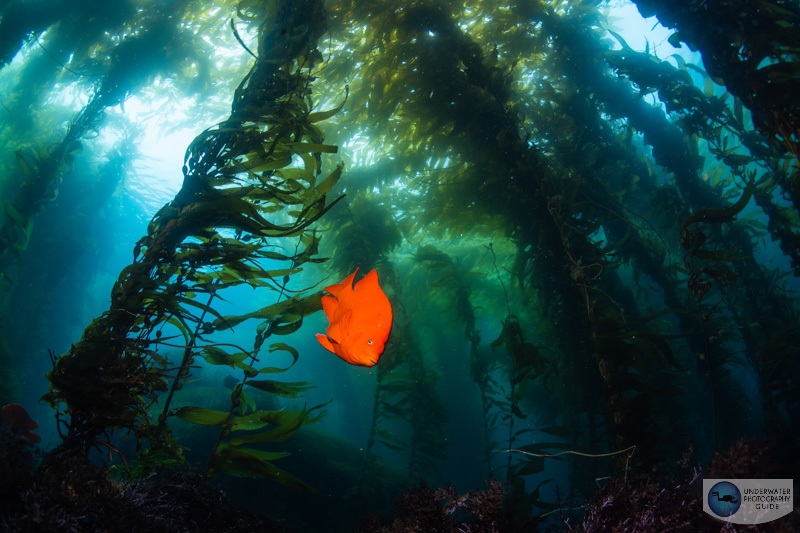
8 stops of IBIS is also a huge benefit to underwater videographers capturing handheld footage. The video below includes clips captured at 4K/60p and slowed down to half speed. The stability is cinematic and incredible. Because the Z6 III can shoot at higher frame rates, hand held macro footage is possible with the addition of 8 stops of IBIS.
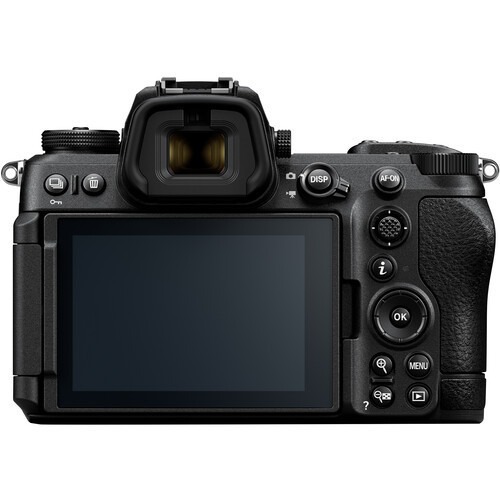
Category Leading Video Features
Nikon’s recent acquisition of RED has made one thing clear – video will be the center of their innovation in coming years. The Nikon Z6 III improves upon the Z6 II in that is can film 6K/30p video and 4K/60p oversampled video with N-Log, N-RAW, and ProRes RAW recording. While most video shooters are likely going to stick with N-Log for better dynamic range, productions will be able to use the RAW recording features on the Z6 III for the ultimate flexibility in editing.
With the ability to film in 4K/60p with no crop, the Z6 III places itself as a frontrunner in the mid-range full frame video camera market. It might just end up being our choice over the Sony a7 IV and the Canon R6 Mark II. Perhaps more importantly, Nikon has begun to address their issues with setting a manual white balance below 50 feet of depth. While our dives didn't go below 70 ft, we were able to capture a manual white balance throughout the dive. The clips in the video above show our white balance test at 60 ft. The colors are not quite as nice as with Sony or Canon, but they are a significant improvement from no color at all. However, it's important to note that setting a manual white balance below 50 ft of depth usually doesn't look great with most cameras.
Nikon Z6 III Underwater Housings
Fortunately, due to the anticipated popularity of the camera most leading underwater housing brands will likely make a housing for the Nikon Z6 III. Currently, the Nauticam Nikon Z6 III underwater housing is available as an anodized aluminum option and the Ikelite Nikon Z6 III underwater housing is available as a polycarbonate option. We also anticipate excellent options from Marelux, Isotta, and Aquatica to be released shortly. During this review we used the Ikelite housing for the Nikon Z6 III. Ikelite's new and updated dial design makes it easier to change your shutter speed and aperture with large gloves in cold water. We also used the new charging and data transfer bullkhead to charge the camera without taking it out of the housing. But most importantly, the Ikelite housing gave us easy access to every control on the camera making it easier to do more complicated tasks underwater, like setting a custom white balance.
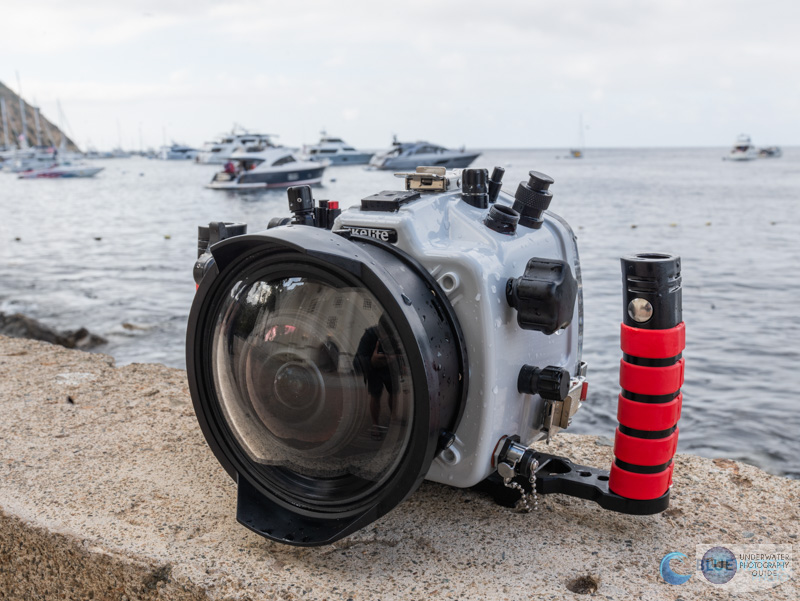
Support our content and purchase your Nikon Z6 III camera and housing at Bluewater Photo:
Order a Nauticam Nikon Z6III Housing
Order an Ikelite Nikon Z6 III Housing
Order an Aquatica Nikon Z6 III Housing
Order a Marelux Nikon Z6 III Housing
Read the full Nikon Z6III Review at Bluewater Photo
Check out Bluewater's top Nikon Z6III Underwater Settings
Nikon Z6III Underwater Lenses
There are a wide variety of excellent Z mount and F mount lenses available for underwater photography with the Nikon Z6 III - all of which are sold at Bluewater Photo! To use F mount lenses with the Nikon Z6 III, you will need a Nikon FTZ adapter. F mount lenses with the FTZ adapter focus almost as fast as with the native Z mount glass - we notice no difference underwater.
Nikon Macro Lens Options
Nikon F 60mm f/2.8 macro w/ FTZ adapter - The Nikon 60mm macro lens is unique among Nikon lenses. With a full frame camera, like the Nikon Z6 III, it works well with the Kraken KRL-09s wide angle conversion lens for a 154 degree field of view. It is also our top choice for blackwater photography. The Nikon 60mm macro can also focus closer than the 105mm macro lenses available.
Nikon F 105mm f/2.8 macro w/FTZ adapter - If you have the Nikon F 105mm macro, it still reigns as one of the top macro lenses for the Nikon Z6 III. It has a relatively long working distance which can be beneficial for sneaking up on shy subjects. An it actually focuses quicker than the z version of the lens! However, it is not as sharp.
Nikon Z 105mm f/2.8 macro - The Nikon Z 105mm f/2.8 macro is one of the sharpest macro lenses that we have ever shot. It might be a little slower than other macro lenses on the market, including the F mount version. But with improved autofocus in the Z6 III it is our top choice for macro photography.

Nikon Z 50mm f/2.8 macro - We don't recommend the Nikon Z 50mm macro lens for underwater photography. While it is a more affordable option, the moving focusing barrell yields slow image quality and it is difficult to use with diopters.
Kraken and Weefine +13 macro lens - The Kraken and Weefine +13 macro lenses are excellent choices to pair with the Nikon Z 105mm macro for supermacro photography. Be sure to check out the full guide to wet macro lenses.
Nikon Wide Angle Lens Options
Nikon F 8-15mm fisheye lens w/ FTZ adapter - The Nikon 8-15mm fisheye lens is a classic lens for underwater photography. In fact, it's our favorite fisheye lens. At 8mm it provides a circular field of view and at 15mm, it provides a wide fisheye field of view of about 170 degrees. It's perfect for getting close to subjects on the reef for the ultimate color and detail.
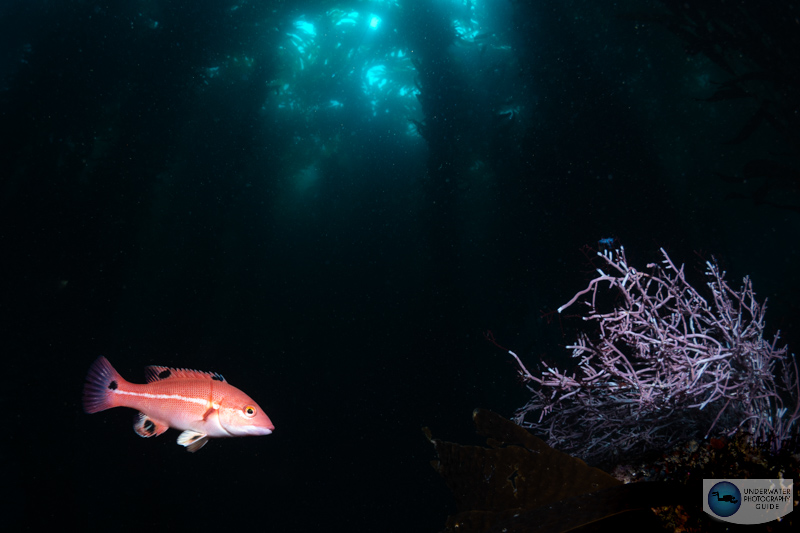
Nikon Z 14-30mm rectilinear wide lens - The Nikon Z 14-30mm is a fantastic choice for photographing subjects that are slightly farther away - like sharks and dolphins. The corners are relatively sharp for a rectilinear wide lens, and it becomes a circular fisheye lens when paired with the Nauticam FCP-1.
Nikon F 16-35mm f/4 w/FTZ adapter - If you still have your Nikon F 16-35mm wide lens, it's still a great option for similar subjects to the Z 14-30mm. That said, it's not as sharp as the Z version of the lens and it could be worth considering the switch.
Conclusions
Overall, the Nikon Z6 III has compelling reasons to make the switch or upgrade for underwater photography. New video and autofocus features make it a real competitor to current Sony and Canon models like the Sony a7 IV and Canon R6 Mark II. During our dives we found the limitations with dynamic range to be media hype rather than an actual issue for underwater shooters. As long as you expose your images properly, you'll have great results (just see below). But more importantly, the Nikon Z6 III offers a leading autofocus system and video features for a "prosumer" full frame camera. For once, there is no better prosumer option for underwater photo & video than the Nikon Z6 III. Hats off to Nikon!
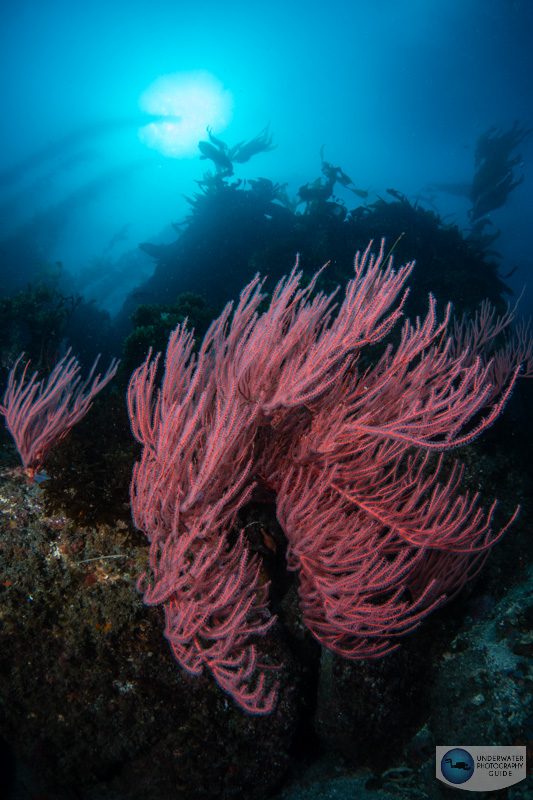
RECOMMENDED ARTICLES
SUPPORT THE UNDERWATER PHOTOGRAPHY GUIDE:
The Best Service & Prices on u/w Photo Gear
 Visit Bluewater Photo & Video for all your underwater photography and video gear. Click, or call the team at (310) 633-5052 for expert advice!
Visit Bluewater Photo & Video for all your underwater photography and video gear. Click, or call the team at (310) 633-5052 for expert advice!
The Best Pricing, Service & Expert Advice to Book your Dive Trips
 Bluewater Travel is your full-service scuba travel agency. Let our expert advisers plan and book your next dive vacation. Run by divers, for divers.
Bluewater Travel is your full-service scuba travel agency. Let our expert advisers plan and book your next dive vacation. Run by divers, for divers.



































